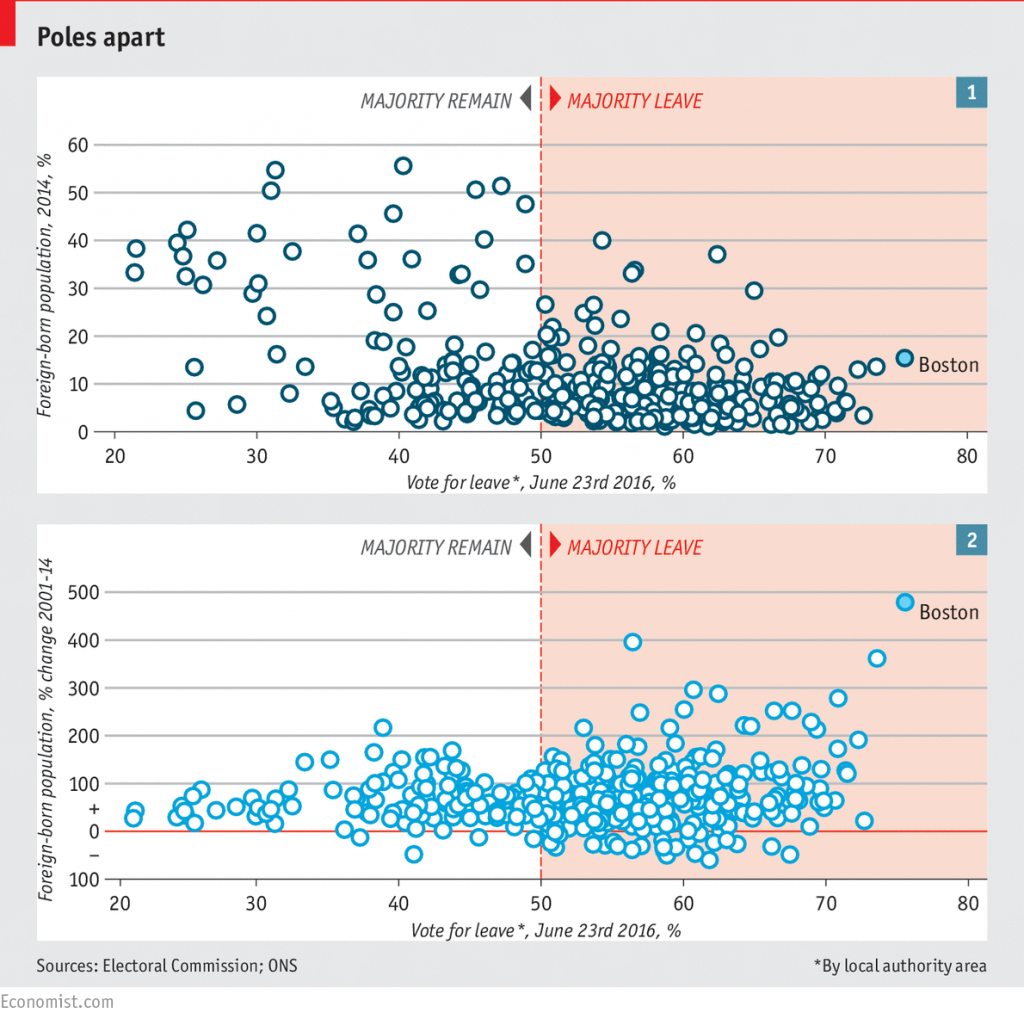This is part of the General Conference Odyssey.
I’ve missed the last couple weeks and this one will be short, but I thought Marion G. Romney’s talk in the April 1973 Priesthood session had some sound advice on magnifying our calling (and ultimately our discipleship). The three necessities he lists are:
- “a motivating desire to do so.”
- “search and ponder the words of eternal life.”
- “pray.”
Romney stresses the need for proper desires: “The desire these men were to have was not a desire to be called to an office. It was a desire to take upon themselves the name of Christ “with full purpose of heart.”” He expounds, “No one should seek to be appointed to any particular office in the Church. Such an aspiration is not a righteous desire; it is a self-serving ambition. We should have a motivating desire to magnify our callings in the priesthood, whatever they may be. We should demonstrate that desire by living the gospel and diligently performing whatever service we are called upon to render. Holding a particular office in the Church will never save a person. One’s salvation depends upon how well he discharges the duties of the service to which he is called.” But desire is not “a mere wish. It is not impassive; it is a motivating conviction which moves one to action.” This in turn leads one “to search and ponder the words of eternal life.” Sensibly enough, Romney finds, “Since we cannot “live by [the words which] proceedeth forth from the mouth of God” unless we know what they are, it is imperative that we study them. This the Lord has directed us to do.” He notes the difficulty of teaching the principles of the gospel (see D&C 42:12) without knowing what they actually are. This study leads to pondering, which Romney views as “a form of prayer. It has, at least, been an approach to the Spirit of the Lord on many occasions.” Finally, Romney concludes the list: “Desiring, searching, and pondering over “the words of eternal life,” all three of them together, as important as they are, would be inadequate without prayer. Prayer is the catalyst with which we open the door to the Savior.”
I find the habit of scripture reading without serious study or reflection to be odd. While habits and rituals are important, to approach the scriptures as an item on a list of things to do to reach the celestial kingdom seems to me to miss the point. The scriptures contain wisdom about the human condition, human nature, and God’s interaction with these two elements. The scriptures are both incredibly human and divinely inspired. We should wrestle with them, immerse ourselves in them, question them, challenge them, be changed by them. They are not magic incantations that will suddenly make you more spiritual. They are full of hard truths, cosmic myths, and glorious hope that must be chewed and digested if they are to be nourishing.
This trilogy seems to be a reinforcing cycle: as one’s desire increases, so will the searching, pondering, and praying, which will in turn increase desire. The last part–pray–is something I need to work on though. If one spends time reading and pondering, but fails to open up the channels of communication, one could miss out on even greater spiritual knowledge and inspiration.

Maybe that’s why I haven’t been translated yet…[ref]I also want to call attention to James E. Faust’s talk “Reaching the One” in which he offers compassion and empathy for those singles in a family-oriented church.[/ref]
—
Check out the other posts from the General Conference Odyssey this week and join our Facebook group to follow along!
 list includes:
list includes:


 Calestous Juma, Professor of the Practice of International Development at Harvard’s Kennedy School of Government, has a
Calestous Juma, Professor of the Practice of International Development at Harvard’s Kennedy School of Government, has a 



